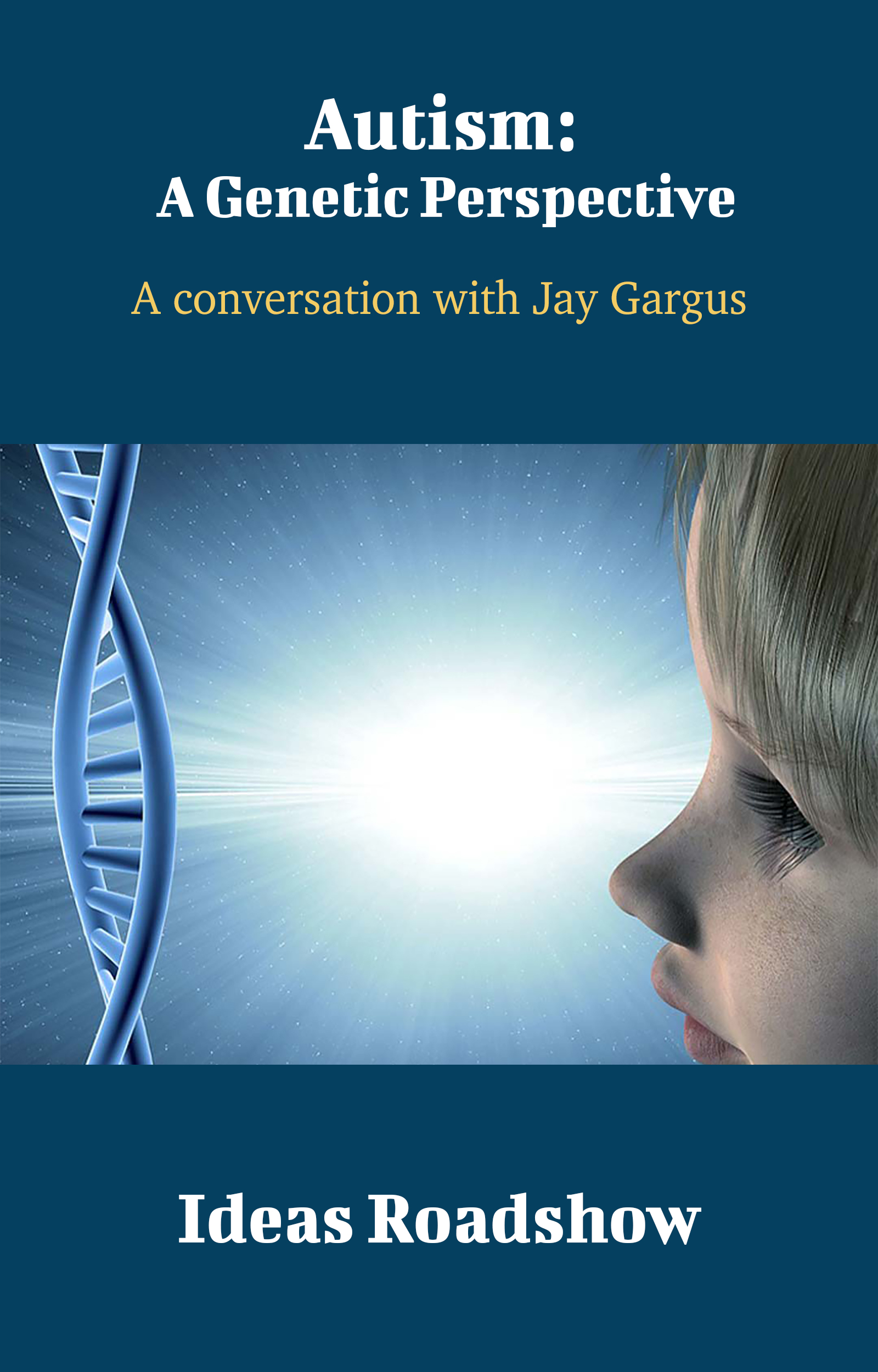The contents of this book are based upon a filmed conversation between Howard Burton and Jay Gargus in Irvine, California, on September 22, 2013.
Introduction
Machine Repair
In his essay Descartes Myth, British philosopher Gilbert Ryle coined the deliberately disparaging phrase ghost in the machine to ridicule any dualistic treatment that tried to formally separate our minds from the physical world. To Ryle, any claim that mental states are not the direct product of physical states is entirely false, and false not in detail but in principle.
These days, few serious scientists would seriously dispute Ryles argument, and surely no one in the field of genetic or biomedical research.
But if the ghost has been well and truly exorcised from our corporal machines, what can we say of the machines themselves? How do they run? What causes them to go awry? Andperhaps most importantlyhow might we be able to put them on the rails again when they do?
Jay Gargus, Professor of Physiology, Biophysics and Pediatrics at the University of California, Irvine, has long been occupied with these very questions. His dual background as both a geneticist and biophysicist (in addition to a medical doctor) allowed him to hew out a somewhat unusual trajectory of using genetic approaches to search for underlying physical mechanisms.
These days, he finds himself at the forefront of autism research as the Director of UCIs Center for Autism Research and Translation. Jays journey into the world of autism and other psychophysiological disorders was arrived at through an unexpected diversion into migraine research, and is a revealing case in point of his overriding mechanistic outlook that traces back to his graduate student days at Yale.
I was supposed to find mutations in a protein called sodium-potassium-ATPase, but I couldnt. Its an ion pump that sets up gradients across all the cells in our body to keep potassium inside of cells and keep sodium outside. If you want to trap a molecule inside of a bag, it will swell and burst. Plant cells have rigid cell walls to prevent this, but animal cells developed a different structure, so that, if they were going to keep DNA and proteins within the cell membrane, they were going to have to pick something to keep outside and that something turned out to be sodium.
They then pump sodium out, which offsets the swelling so that the cell doesnt pop, and enables cell motility and many other things, but it also allows for electrical excitability, because the difference between the sodium ions outside and the potassium ions inside establishes a potential difference, which allows the passage of an electrical, ionic current. Thats how nerves work, thats how muscles work, thats how all of our sensory transduction works: we know about the outside world through those kinds of gradients.
Now, I was supposed to find mutations in that mechanism. I found a whole bunch of related things that wound up being interesting for ion transport mechanisms, but I couldnt change that. So I concluded that this mechanism is so fundamental that you probably cant change itif you change it, then youre dead.
But unexpectedly, years later, a new medical discovery emerges: a mutation in this very protein that is found to be associated with a rare condition called familial hemiplegic migraine. Jay naturally found himself intrigued, and then quickly flummoxed.
Suddenly, someone finds a mutation in hemiplegic migraine that hits my protein that, twenty-five years ago I was supposed to be finding mutants in; and they didnt bother to look at why the protein was different. They didnt look at the function. They just said, Heres the mutation. This is what causes hemiplegic migraine.
So, I put together a group of people, and together we were able to dissect mechanistically what happened, how the machine broke down.
The model that Jay and his colleagues put together combined a detailed understanding of the genes responsible for hemiplegic migraine, together with a detailed awareness of the particularities of specific ion transport mechanisms, such as the so-called calcium and sodium channels.
From there, a wealth of connections to other conditions suddenly seemed possible.
Over the years, it became very clear that there were a number of sodium channels, calcium channels and these kinds of mechanisms associated with what we call calcium homeostasis involved in a wide number of conditions that ranged from seizures to migraines to some of the neuropsychiatric diseases. They seemed to share a family of pathways, if you will, that we didnt really completely understand, but we got a sense of what they might be.
As Jay turned his attention increasingly towards autism, while investigating the precise role that calcium homeostasis might play as an underlying mechanism for a whole host of disorders, another medical development suddenly opened up an entirely new prospective avenue for treatment.
A paradigm that was really important for me, which might seem at first completely unrelated, has to do with the new discovery that happened in cystic fibrosis. Just like with autism, there was no animal model of cystic fibrosis. Now, cystic fibrosis involves just one geneI dont mean to say that the complexity of cystic fibrosis is the same as autismbut if you change that gene in a mouse you could see some things, but you wouldnt get the clinical disease that affected humans, so you couldnt make a clinical trial based on animal model data.
So they went back and said, Were just going to show you that we can cure a specific, broken molecule in humans; were going to cure that broken molecule. Were not going to give you an animal model, were going to go right in and fix that human cell; and were going to take one mutation that we really understand very well.
There are two thousand mutations that lead to cystic fibrosis, but they decided to pick onea rare one, not the common one that leads to cystic fibrosisto give them a molecule that they could screen. They were able to get a molecule that fixed the effect of that mutation; and then they were able to take that to clinical trials. Now, thats a paradigm shift, because for many years people struggled trying to get an animal model, but suddenly you could go to clinical trials without that, by dealing directly with the relevant lesion in a human.








